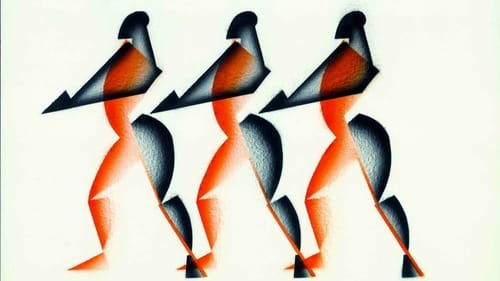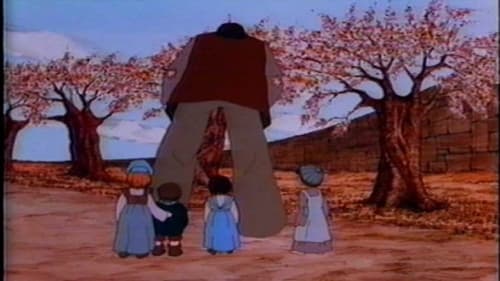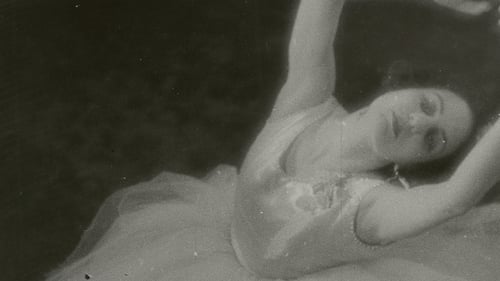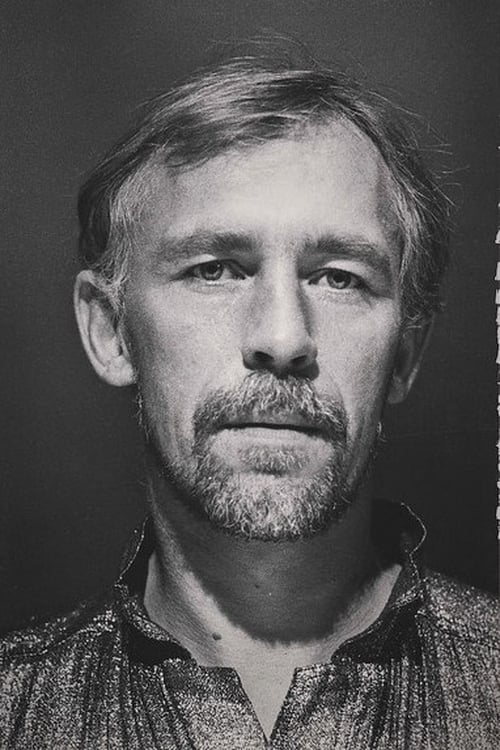Remonstrance (1972)
Жанр : драма, криминал
Время выполнения : 1Ч 37М
Директор : Erik Løchen
Краткое содержание
A meta-film about a film and the common man in our own political reality. A reality that is just scenes of a film without any cinematic development, but which might be plain reality tomorrow.

Two police officers lie dead. The swede Ekstrøm and the youngster Gustav flees the scene of the crime. Based on a real double murder in 1926, this movie remained almost unseen for 57 years. When the film was set to premiere in 1950 one of the murderers, having served a full sentence, went to court to have the film stopped.

A bold synchronization to the transcendental music of Franz Liszt.

Two deaf and dumb children. She is the daughter of an American Oil engineer. He is the son of an Algerian farmer. They meet and manage to communicate, transcending all the cultural barriers that separate them.

The boisterous and cheerful lives of the residents of Cameroon are barely dented by incursions of supernatural power in this humor-filled rendition of traditional folk tales in modern guise. In the story, a cheerfully naughty girl crosses paths with a witch who has the power to satisfy her curiosity about men by changing her into a young man. She then becomes one of the boy suitors for the amorous attentions of a policeman's daughter. Some of the men have unusual names and even odder magical gifts: one of them has the ability to make a man's genitals disappear when he shakes hands with him.

Historically, the cinema close-up was initially employed to convey emotions through facial expressions. But soon filmmakers also began focusing their attention on hands. Using film extracts, Farocki explores this visual language, its symbolism, Freudian slips, automatisms and its music. Often, hands betray an emotion which the face tries to dissimulate. They can also function as a conduit (exchanging money) or witness to a form of competence (work).

A gifted poet checks into a Gothic hotel in hopes of meeting the woman with whom he has long been enamored. He is surrounded by a variety of offbeat characters like the hefty homosexual cook, shadowy clerks, snooty waiters, and valets prone to violence. He finally meets the woman of his dreams only to lose her and ultimately meet with tragedy.

Анимированная история, рассказанная художником о себе самом. Язык повествования — это танец, тема — ритм и цвет, а тело мастера состоит из трех других абстрактных тел. По сюжету мультфильма мужчина и женщина танцуют под ритмичные африканские мотивы. Потом является центральный персонаж — треугольник, и танец превращается в нечто странное, объединенное. Герои проектируются и проникают друг в друга, а музыка продолжает звучать.

In his first film work, Kubelka evokes episodes of flirtation, courtship, and break-ups, played out against a series of non-corresponding audio excerpts.

Samadhi is both mystical and mysterious, an incredible fusion of movement, sound and colour. Belson notes the influence of his study and practice of Yoga and Tibetan Buddhism on the creation of Samadhi. The film is inspired by the principles of yogic meditation: the movement of consciousness towards samadhi (union of subject and object), the fusion of atma (breath and mind), a state which reveals the divine force of kundalini, a bright white light we discover at the end of Samadhi. The Tibetan Book of The Dead is the inspiration behind Belson’s use of colour in Samadhi, corresponding to descriptions of the elements of Earth, Fire, Air and Water in the book. —Sophie Pinchetti, The Third Eye

О том, как власть и алчность растлевают людей и о духовном возрождении, которое приносит Искусство.

Канадская анимационная короткометражка по рассказу Оскара Уайлда, в которой завуалировано, символически обсуждаются религиозные темы. Герой фильма — великан-эгоист, возводящий стены вокруг своего сада, пытаясь обезопасить его от детей. Малыши любят играть в саду гиганта, и хозяина это раздражает до поры до времени. Однажды великан видит мальчика, который так мал, что не может взобраться на дерево и сорвать плоды. Сердце великана сжимается, он помогает ребенку и разрешает ему и другим детям играть в его саду. Получив урок гуманизма, великан часто возится с малышами, но никогда больше не встречает того мальчишку. Только под старость лет он снова увидится с ним, уже в другом мире.

I evoke a dancing woman. A woman? No. A bouncing line with harmonious rhythm. I evoke a luminous projection on veils ! Precise matter! No. Fluid rhythms. Why should one disregard, on screen, the pleasure that movement brings us in the theatre? Harmony of lines. Harmony of light. Lines, surfaces, volumes evolving directly, without the artifice of evocation, in the logic of its forms, dispossessed of any overly human sense, allowing an elevation towards the abstract, thus giving more space to sensations and to dreams : integral cinema. —Germaine Dulac

Hundertwassers Regentag is a german documentary by Peter Schamoni released in 1972.

Hans, living in Vienna during the Great Depression, intends to drown himself in the river after losing his livelihood. While there he meets a girl named Anna after pulling her from the river.

Arnold's source material is a piece of footage from the 1950s, eighteen seconds long and very typical for the period. A quiet take: A living room, a woman in an armchair. Her husband opens the door, kisses her, then moves out of the picture accompanied by a camera pan, his wife follows after him. In Arnold's film the sequence takes 16 minutes. Cadre by cadre, it becomes an exciting tango of movements. But Pièce Touchée is more than just a matter of forms; The reflections, distortions and delays it displays challenge cinema's stable system of space and time.

In a deconstruction of classic Hollywood codes, using repetitive single frame images, the re-editing of teenager movies produces an intense Oedipal drama.

The building of blast furnaces Magnitogorsk and the Kubas Basin by Komsomol, the Communist Union of youth, as part of Stalin’s first five-year plan.

A young grizzly bear, undaunted by his mother's warnings of the coming winter, runs away from home only to be confronted by Old Man Winter himself.

Further examining the medium of film itself, Colorfilm is a work Lawder made while trying to make a minimalist, "pure color" film. Using spliced-together strips of colored film leader in white, yellow, blue, red, green, etc., Lawder ran the film through a projector and found the results to be quite boring. While he was running the film, though, he noticed how beautiful the colored strips of film looked as they ran through the projector. So, he turned a camera on the projector and filmed the colored film gorgeously winding its way through the projector's machinery." - Noel Black, Colorado Springs Independent














